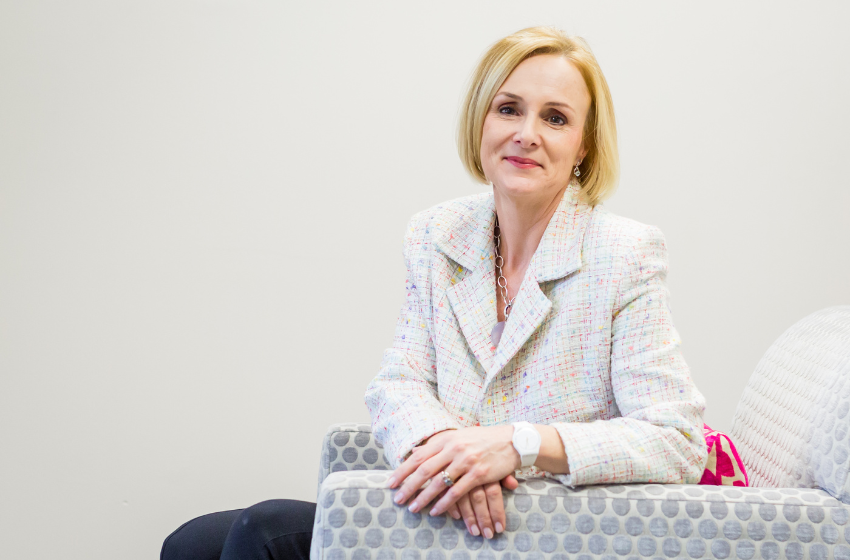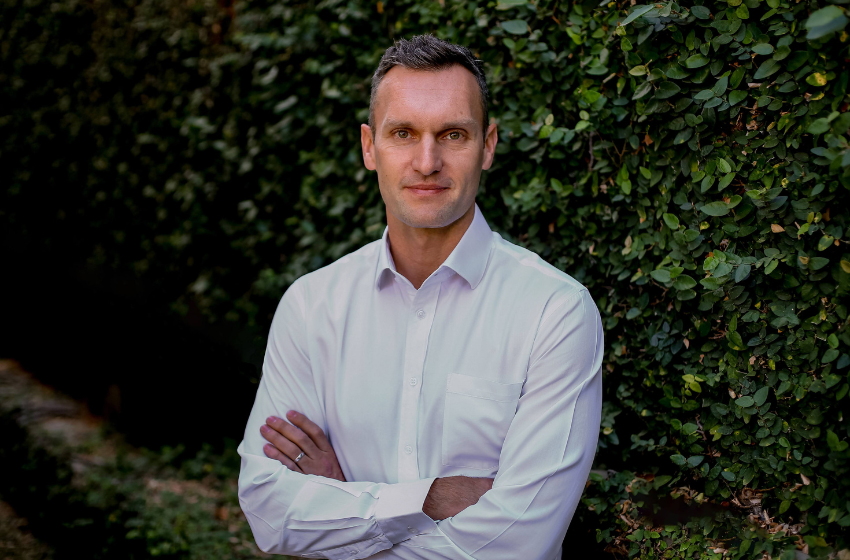
By David Lloyd, Founder of King Alexander Investments
The mainstream retail investment industry has always offered the same operating model: advisors, investment product wrappers, funds, and platforms. Of course, there is nothing wrong with this. Advisors provide essential planning and advice, products offer tax benefits, fund managers generate returns via the funds they manage, and platforms (known as linked investment service providers or LISPs in South Africa) are the technology that brings all these elements together for administration.
But norms do not hold up to scrutiny forever. For too long, this traditional model has tilted away from fairness; not through deliberate malice, but through entrenched practices that inadvertently erode investor value and diminish advisor-client relationships.
At the heart of the matter, retail investors face a silent penalty in the form of layered, inflexible fee structures that are outdated and, in some cases, fundamentally unfair. There are three primary problems: fees are charged irrespective of performance delivered; scale and cost are misaligned; and LISP platforms are unnecessarily complex (and thus expensive).
There have, however, been a few notable breakthroughs. As an example, Easy Equities initially did away with advice, product wrappers and fund managers, and simplified access to the stock market but, unfortunately, this model does not suit most investors. There has also been a rise in the use of passive funds, which eliminate the fund management element. My feeling is that the driver here is an attempt to reduce client costs, but the model does not actually address the root cause.
Investors ideally want their portfolio to comprise the best funds from the top fund managers. They need planning and advice. But does it have to be so expensive? Is it not time for someone to directly address these fee- and cost-related issues?
The first, and perhaps most significant, problem is that investors pay the same fees regardless of how their funds perform. This applies to asset management, advice and platform fees, all of which are generally charged as a percentage of assets under management. The current logic is simple: as your investment grows, so too do your fees. But the flaw is equally simple: when a portfolio is down, the fees do not go away. Investors still pay the same full fee rate, even when they are not getting full value.

The second unfairness lies in how platform fees scale with investment value. In almost every other industry, greater scale brings lower costs to the consumer. But in retail investing, the more you invest, the more you pay, even though a platform’s cost to administer a portfolio does not increase in the same way.
The third problem is the hidden cost of complexity. Most LISPs offer hundreds of funds from dozens of fund managers. While this may appear to offer investors more choice, the reality is that having so many funds on a platform creates huge complexity, and complication always increases cost. To illustrate the point, when trying to select five funds from a range of 500, there are an astonishing 255 billion combinations to choose from!
So, what is the answer?
A truly client-centric model would not penalise investors for investing more capital. Instead, it would find a way to be able to reward scale by decoupling administration (platform) fees from investment value or size. It would eliminate the billions of combinations, while still offering advisors and their clients all the best funds from all the top managers.
The solution is a LISP that only offers discretionary fund managed (DFM) fund of funds. This removes much of the complexity and makes a flat administration fee – the same amount regardless of whether you invest R50,000 or R10 million – possible.
Here is the thing: because this model provides investors with a significant incentive to consolidate their investments with one advisor, the result is both client- and advisor-centric.
However, this still leaves us with investors paying the same advice and asset management fee rates whether they get good returns or not. Imagine how investor-advisor conversations go when performance is disappointing…

The solution is to refund investors’ advice fees and investment management value chain costs and charges, including VAT, every month, and instead only charge them a share of their returns for these services when they are ‘winning’. What would this look like? On a typical Regulation 28 balanced fund the fee would be something like 35% of any return above 1.2% for the month.
Another challenge is that there are clients who find it difficult to invest in funds with sufficient equity exposure to generate the expected returns. Time is an investor’s best friend – all asset managers know this – but what if there is a market dip and an investor passes away before time has had a chance to work its magic and deliver the returns needed to make good on those losses? Some kind of protection would go a long way towards protecting an investment’s value for the beneficiaries.
Offering a built-in protection mechanism, by guaranteeing the original contribution upon death and increasing this guarantee as an investment grows beyond its initial value, will solve this problem. Unlike structured products, which typically offer guarantees with restricted time horizons, this guarantee would simply adjust upwards over time, as profits accrue, and lock them in too.
This might be a client focused benefit but, by helping investors take more risk, and thus gain more in the long run, it has the additional benefit of increasing the Rand value of advisors’ ongoing advice fees.
Financial advisors – and by extension, investors – have long been constrained by the limitations of the traditional model, and it is time for a re-set. A shake-up that aligns the incentives of investors, advisors, and platforms – so that when investments perform well, everyone wins, and when they underperform, investors do not bear the cost alone.
Fairness should no longer be a feature; it must be the foundation.
Share via:



















